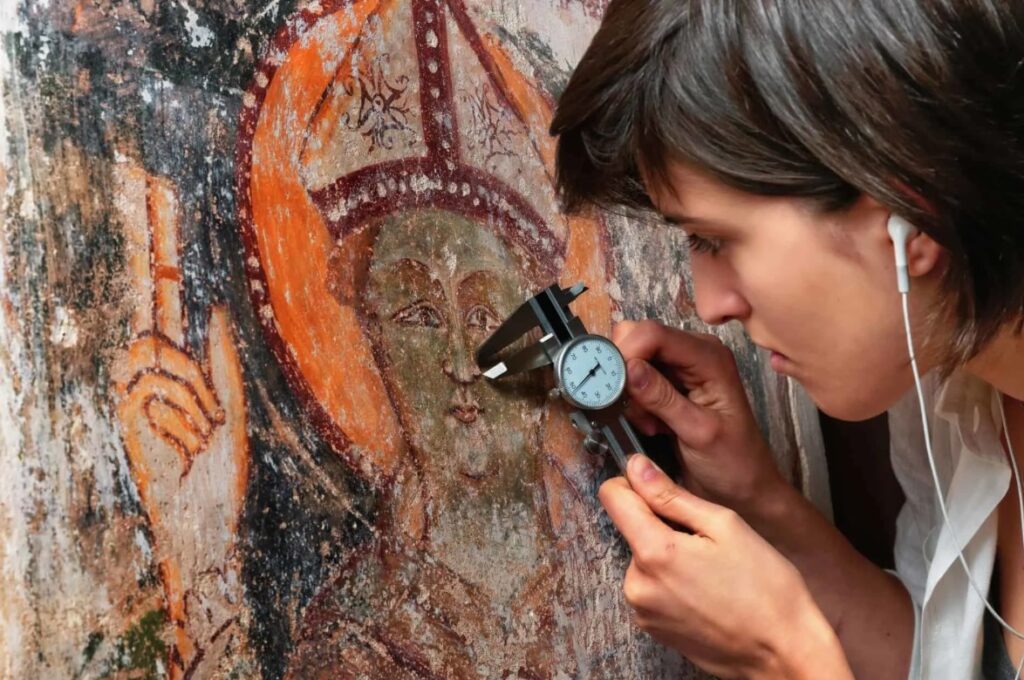In recent years, Artificial Intelligence (AI) has proven to be one of the most transformative technologies across ai old photo restoration online free various industries. From healthcare to finance, AI’s ability to process vast amounts of data and learn from patterns has unlocked new possibilities. One of the most fascinating and impactful applications of AI is in the field of restoration — reviving art, photographs, videos, music, and even ancient texts that were thought to be lost forever. AI technology to restore is not just a technical achievement; it is a bridge between the past and the future, preserving cultural heritage and personal memories in ways that were once unimaginable.
The Power of AI in Restoration
Restoration has always been a delicate process requiring immense skill, patience, and expertise. Traditionally, human artists and technicians would spend countless hours repairing damaged art pieces, films, or photos. However, manual restoration has limitations — it can be subjective, time-consuming, and sometimes results in the loss of authenticity.
AI has changed this landscape dramatically. Using deep learning algorithms, neural networks, and image recognition technologies, AI systems can now analyze damaged materials, detect missing parts, and accurately predict how the original might have looked. For instance, AI models can recognize color patterns, brushstrokes, and historical art styles to restore paintings with astonishing precision.
In the world of photography, AI-driven restoration tools can remove scratches, enhance low-resolution images, and even colorize black-and-white photos with lifelike accuracy. These advancements make it possible for families to bring old memories back to life, and for historians to preserve invaluable visual documentation from centuries past.
Restoring Art and Cultural Heritage
Perhaps one of the most impressive uses of AI in restoration lies in the art world. AI systems have been trained on millions of artworks, learning to understand styles ranging from Renaissance to Modernism. With this knowledge, AI can assist in reconstructing damaged paintings or even recreate missing portions of artwork lost over time.
For example, AI has been used to digitally reconstruct lost sections of murals and ancient frescoes found in archaeological sites. In 2019, researchers used AI to restore parts of Rembrandt’s The Night Watch that had been cut off in the 18th century. By training on the painter’s style and techniques, the AI recreated the missing sections so seamlessly that experts were astonished.
Beyond paintings, AI is also being used to restore ancient manuscripts and historical texts. By analyzing faded ink, torn pages, and fragmented scrolls, AI algorithms can enhance readability and even predict missing words. This technology has been particularly helpful in decoding ancient languages and preserving knowledge that might otherwise have been lost forever.
AI in Film and Audio Restoration
The entertainment industry has also benefited enormously from AI restoration technology. Classic films that suffered from deterioration or low-quality recordings are now being revived in stunning clarity. AI tools can upscale resolution, remove visual noise, and repair frame-by-frame damage with minimal human intervention.
In audio restoration, AI algorithms can separate vocals, remove background noise, and restore clarity in old recordings. Music labels are using AI to revive the works of legendary artists, remastering songs to meet modern listening standards while retaining their original charm. Even lost voices can be recreated with AI-powered voice synthesis — allowing, for instance, historical speeches to be heard again as they were originally spoken.
Restoring the Environment and Ecosystems
Interestingly, AI’s role in restoration is not limited to art and media. It is also playing a crucial role in environmental restoration. AI technology is helping scientists monitor ecosystems, predict deforestation, and aid in reforestation efforts. Machine learning models can analyze satellite images to identify damaged environments and suggest optimal strategies for ecological recovery. This means AI is not only restoring culture but also contributing to restoring nature.
Ethical and Creative Considerations
While the power of AI restoration is undeniable, it also raises important ethical questions. When AI reconstructs art or historical materials, who determines what is “authentic”? There is a fine line between restoration and recreation. AI might fill in gaps using patterns, but its interpretation may not always align with the artist’s original intention. Therefore, experts emphasize that AI should serve as a tool to assist human restorers, not replace them.
Additionally, as AI becomes more capable of creating realistic restorations, issues of copyright and ownership arise. Can AI-generated versions of old works be considered originals, or are they merely reproductions? These are questions that art historians, technologists, and lawmakers continue to debate.
The Future of Restoration with AI
The future of AI technology in restoration looks incredibly promising. As algorithms become more advanced, the potential for restoring lost history and culture will only expand. From recovering ancient civilizations’ texts to enhancing damaged photos of loved ones, AI gives humanity a new way to connect with its past.
Ultimately, AI restoration is about more than technology — it’s about preserving identity, memory, and creativity. It reminds us that while time may erode the physical, AI offers the possibility to restore what once seemed gone forever. In doing so, it not only protects our history but also enhances our ability to appreciate and learn from it for generations to come.

